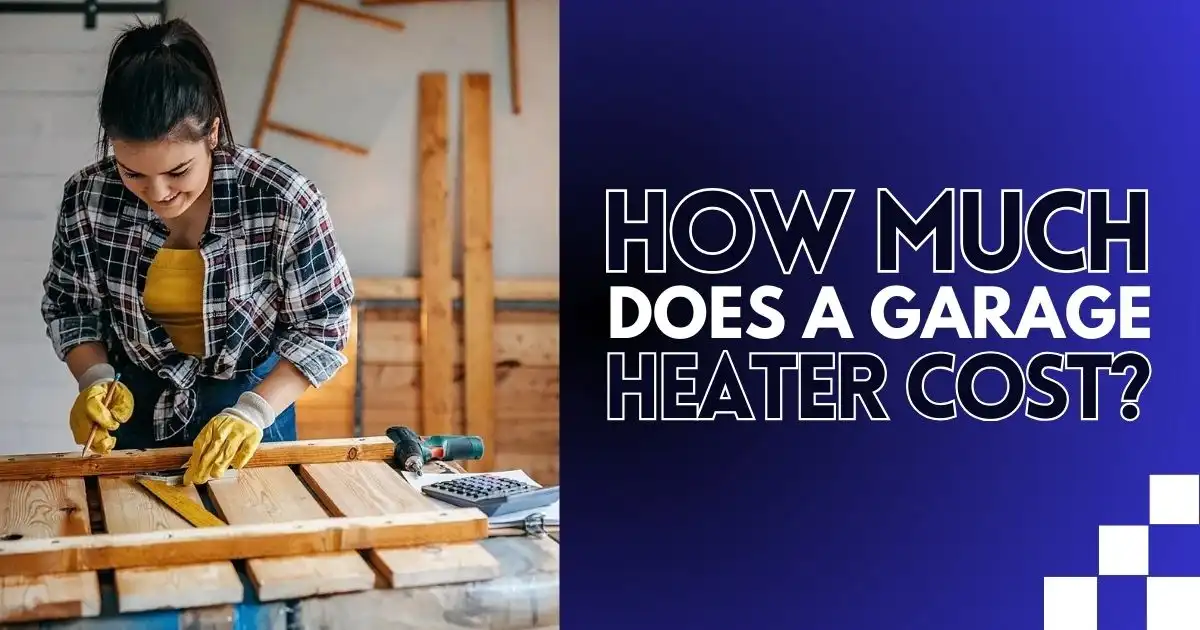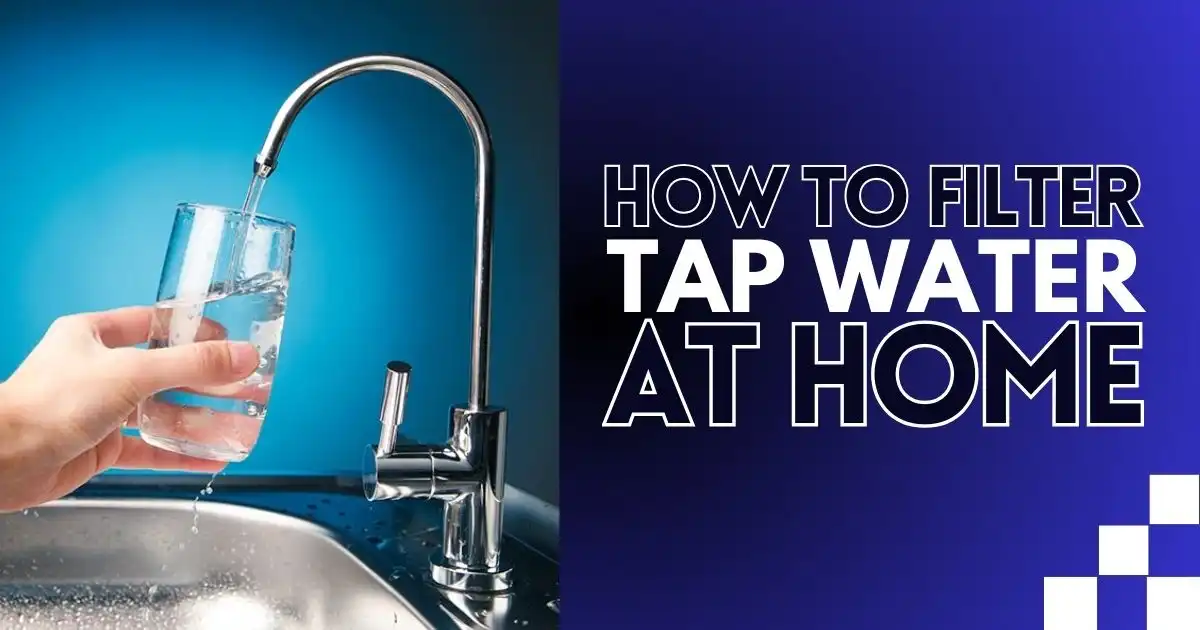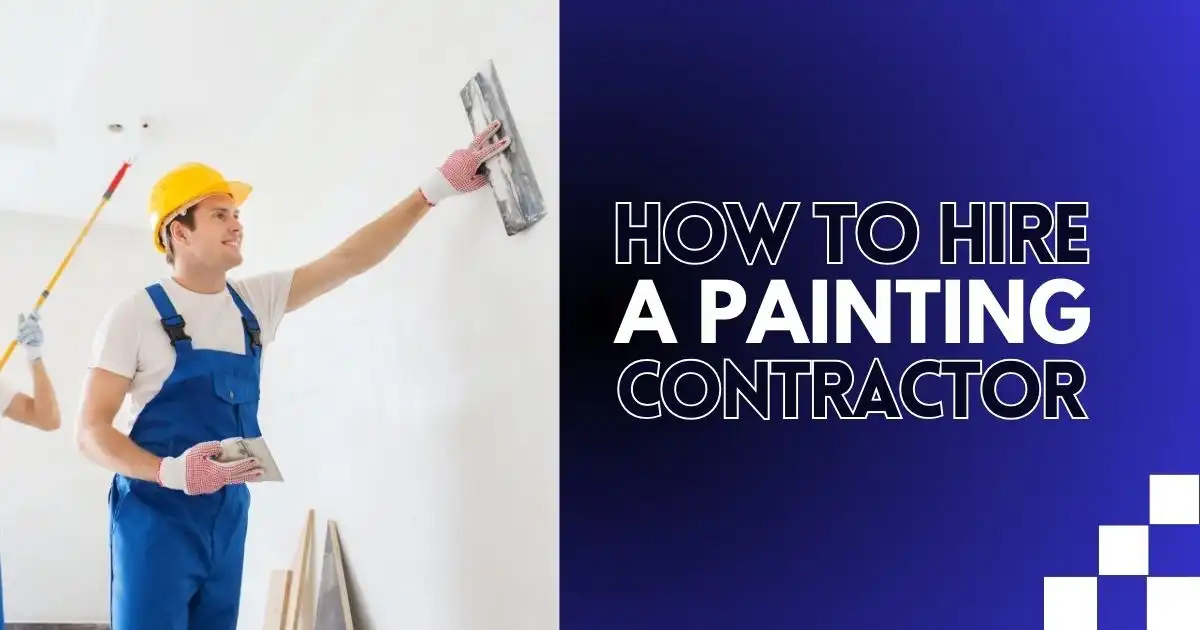You wake up on a chilly Las Vegas morning, turn on the faucet, and nothing comes out. The pipes have frozen, and now you’re left without running water. No morning shower, no coffee, and no way to start your day smoothly.
The stress quickly builds as you realize this could mean costly repairs, water damage, and a major disruption to your routine. Even though Las Vegas is mostly warm, winter nights can drop low enough to freeze unprotected pipes, turning what should be a normal morning into a frustrating problem.
8 Tips to Protect Pipes from Winter
Winter can be tough on your home’s pipes, especially when temperatures drop. To avoid costly damage, it’s important to protect them from freezing. Here are 8 simple tips to keep your pipes safe this winter.
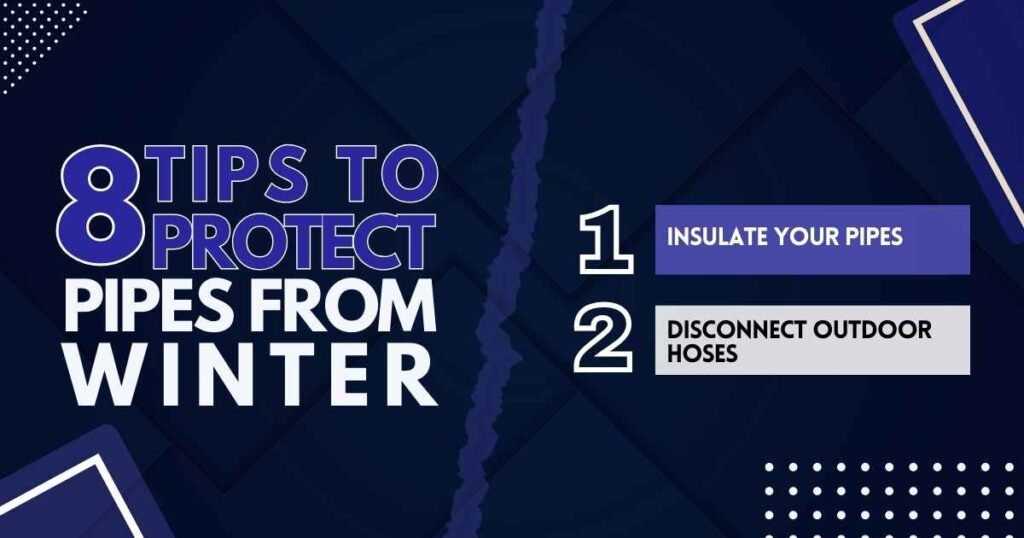
1. Insulate Your Pipes
In Las Vegas, where winters can still dip to freezing temperatures, it’s important to insulate your pipes—especially in exposed areas like the attic, garage, or crawl space. Use a combination of heat cables and insulation to protect your pipes effectively.
You can find the materials you need at your local hardware or plumbing store. Remember, insulation alone isn’t enough to keep your pipes warm. Heat cables along with insulation provide the best protection.
2. Disconnect Outdoor Hoses
Las Vegas can have unexpected cold snaps, so disconnect any hoses from outdoor faucets to prevent ice formation. Drain any water from hoses and faucets.
If possible, shut off the water supply to outdoor faucets and let any trapped water drain out. This simple step prevents damage during the coldest Las Vegas nights.
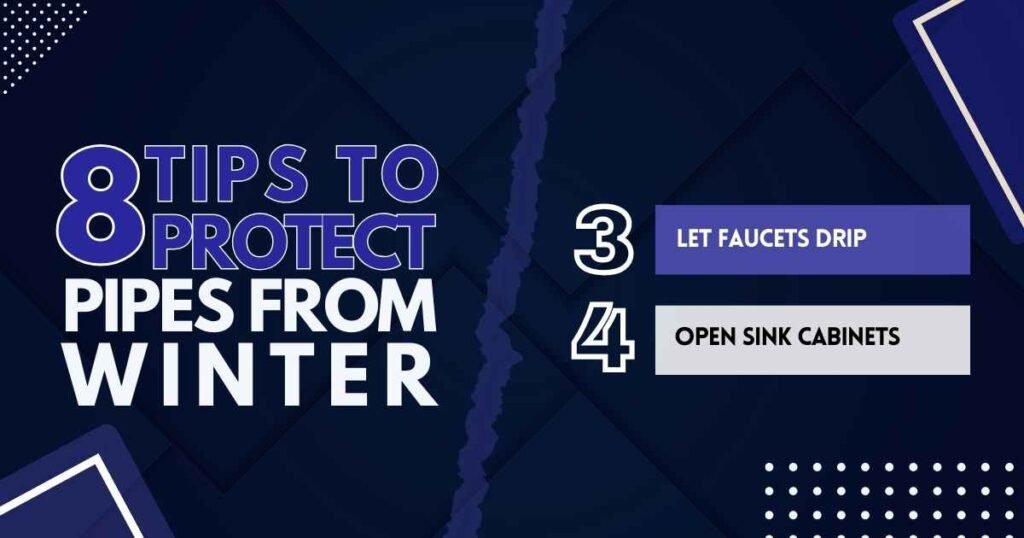
3. Let Faucets Drip
To protect your pipes, let faucets drip slightly on very cold desert nights. This helps prevent pressure buildup in the pipes, which can stop them from bursting if they freeze.
In Las Vegas, pipes along exterior walls are especially at risk because of the chilly desert air at night. Letting them drip is a simple preventive step to keep them safe.
4. Open Sink Cabinets
One effective way to protect your pipes is to open the cabinet doors under your kitchen and bathroom sinks, especially if the pipes run through exterior walls.
This helps the warm air from your home reach the pipes, reducing the risk of freezing. In Las Vegas, where temperatures can drop overnight, this simple step can make a significant difference in keeping your pipes safe.
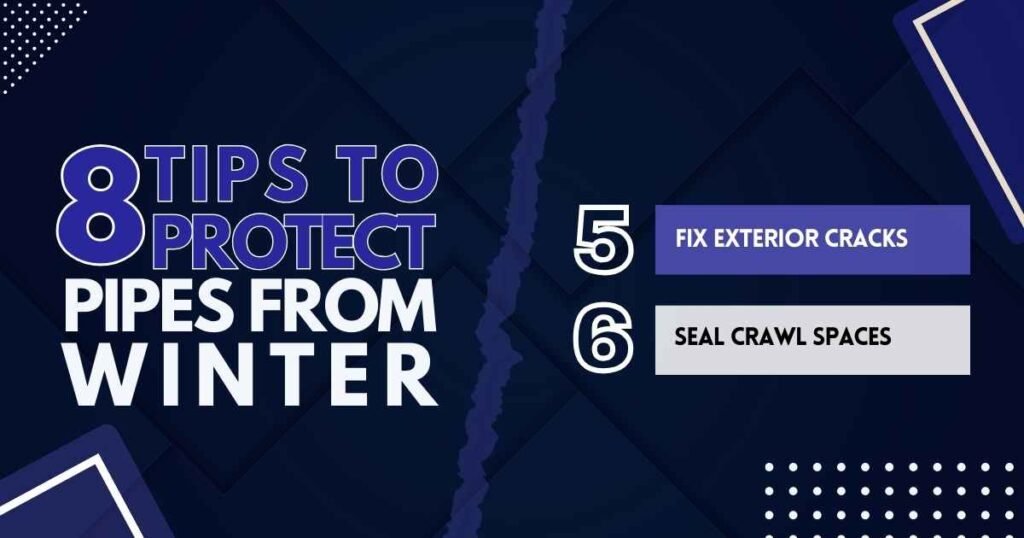
5. Fix Exterior Cracks
Start by inspecting your home’s exterior for any cracks or gaps, especially around windows, doors, and foundation areas. Cold air coming through these gaps can freeze your pipes, even in a place like Las Vegas where winter winds can make things cooler.
Use spray foam or caulking to fill these cracks and keep out drafts. Additionally, wrapping exposed pipes with foam insulation is a great way to keep them protected from the cold. This simple preventive maintenance can help ensure your pipes stay safe all winter long.
6. Seal Crawl Spaces
Homes in Las Vegas often have crawl spaces that need to be sealed to keep the cold out. Cover any vents to the crawl space using cardboard and duct tape, and make sure any access points are also sealed off.
If you have a basement, check for cracks in basement windows and make sure garage and utility room doors are properly insulated to keep cold air from reaching the pipes.
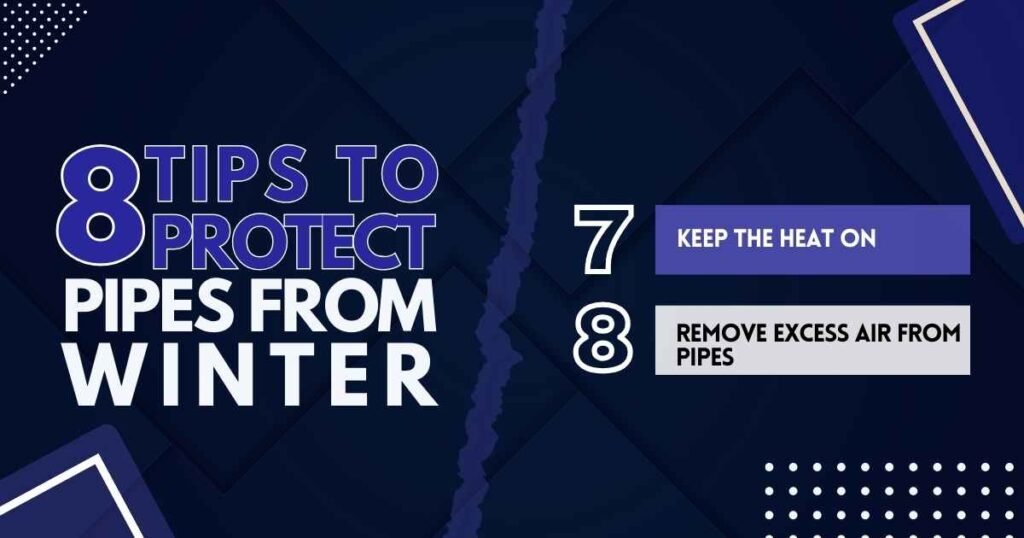
7. Keep the Heat On
Turning the heat off entirely can cause your pipes to freeze and burst, which would be far more expensive to fix than paying for a slightly higher heating bill. Keeping the heat on helps keep your home’s temperature stable, preventing any freezing issues.
As part of preventive maintenance, always keep the heat on, even if you’re leaving Las Vegas for a holiday trip. Set your thermostat to at least 55°F.
8. Remove Excess Air from Pipes
Another helpful step is to remove trapped air from your pipes. This can improve water flow and reduce the chances of pressure building up, which might cause a pipe to burst.
Although this step alone won’t completely protect your pipes, it’s a good addition to your overall plan to keep them safe during cold Las Vegas nights.
Signs of a Burst Pipe
A burst pipe is the last thing you want to deal with. It can lead to expensive repairs, damage your home, and even cause health risks like mold growth. The sooner you know about a burst pipe, the better—you can prevent more damage, extra costs, and health problems. Here are some signs to watch out for:
- Water pressure changes or becomes inconsistent
- Puddles under the kitchen or bathroom sink
- Mold issues appearing
- Higher-than-normal water bills
- Water looks discolored
- Leaky pipes or faucets
- Water stains on the walls
- Water with an unusual smell
If you notice more than one of these signs, you could have a burst pipe. Take action immediately and contact a local plumber for help.
Protect Your Pipes, Protect Your Wallet
Protecting your pipes might not seem like a big deal when everything’s running smoothly, but a frozen pipe can quickly turn into a costly mess. A little preparation now can save you from waking up to no water and a big repair bill. It’s all about thinking ahead and taking small steps to prevent a bigger problem later.
At Vegas Plumbing Pros, we’ve helped many homeowners keep their pipes safe during winter. With our simple solutions and expert guidance, you can prevent costly damage and enjoy peace of mind. Contact us today to get your pipes ready for the cold!
FAQs
How to avoid frozen pipes?
To avoid frozen pipes, make sure they are well insulated, especially those in cold areas like attics or basements. During cold weather, let a small amount of water drip from faucets to keep water moving through the pipes. Also, keep cabinet doors under sinks open to allow warm air to reach the pipes.
How to prevent pipes from freezing in winter?
Prevent pipes from freezing by insulating them and sealing any cracks or gaps that let in cold air. Keep your home’s temperature above 55°F, even when you’re not at home. During very cold nights, let a small trickle of water flow from faucets to keep the water from freezing.
What causes frozen pipes?
Pipe freezing happens when temperatures drop low enough for the water inside to freeze. As water freezes, it expands, which can put pressure on the pipe and cause it to burst. Pipes are more at risk of pipe freezing if they’re not insulated, are in unheated areas, or are exposed to cold drafts.
What temp do pipes freeze?
Pipes start to freeze when temperatures drop to around 20°F (-6°C) or lower. However, poorly insulated pipes or those in cold spots may freeze at slightly higher temperatures, especially if exposed to drafts or not enough heat.

